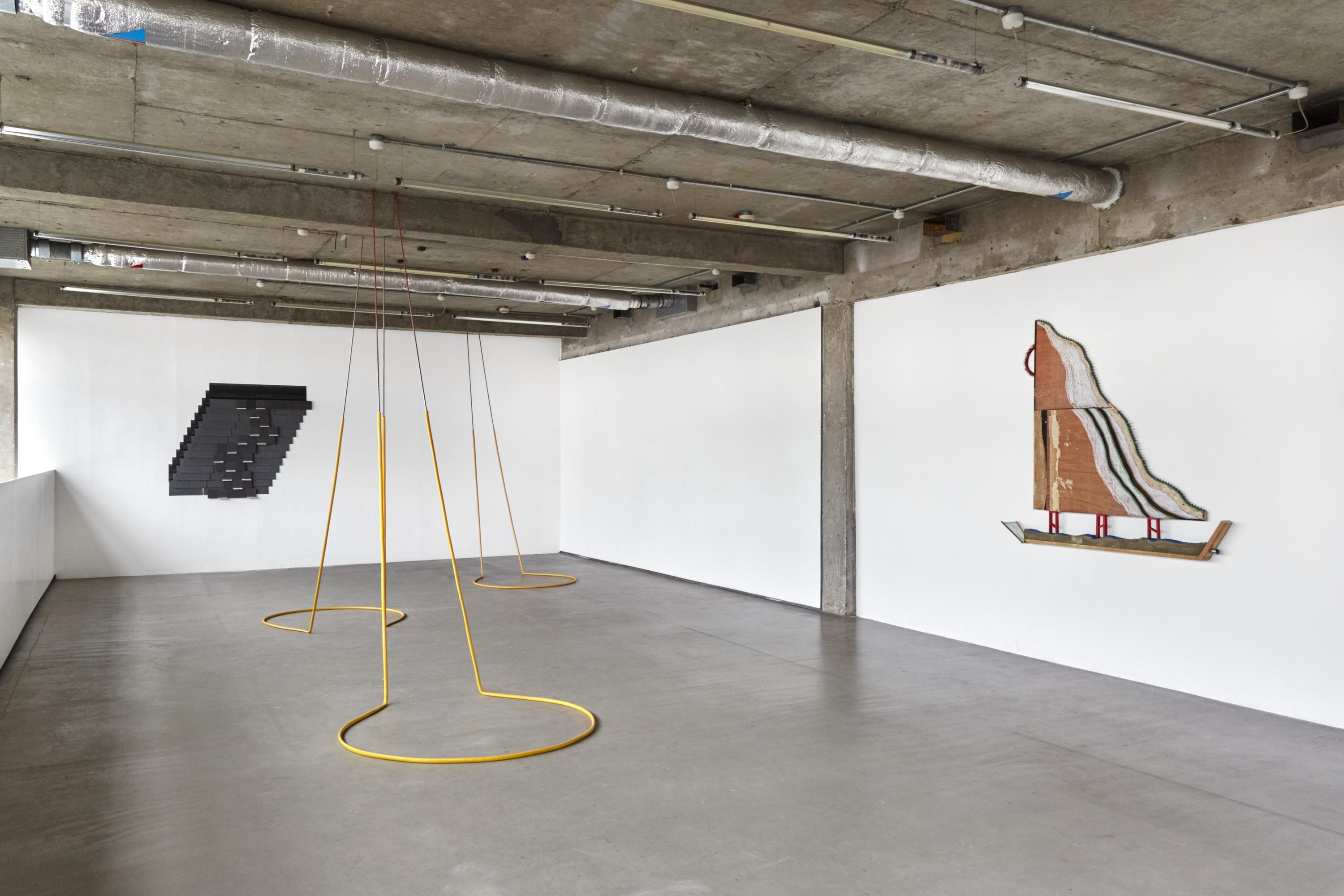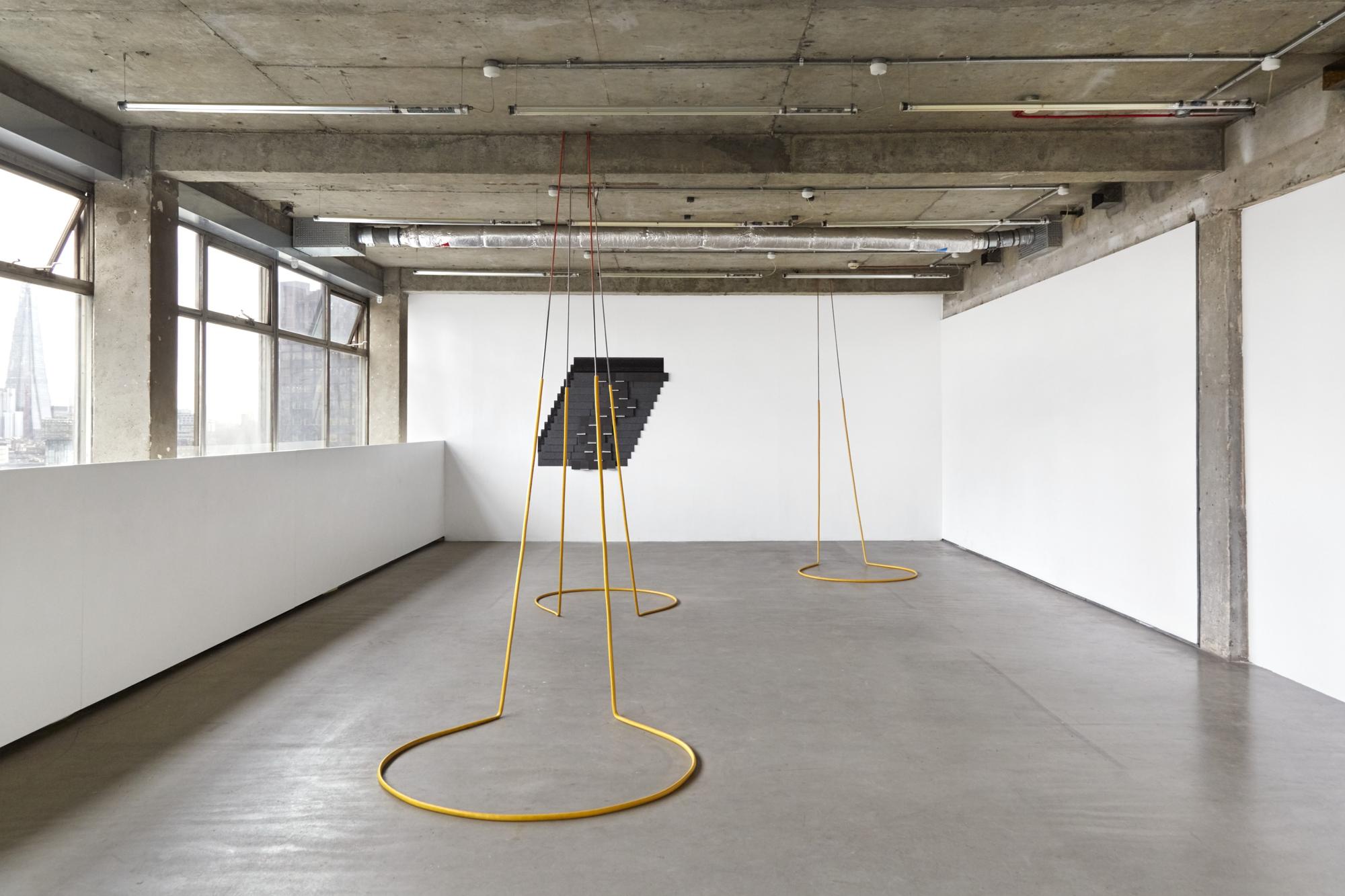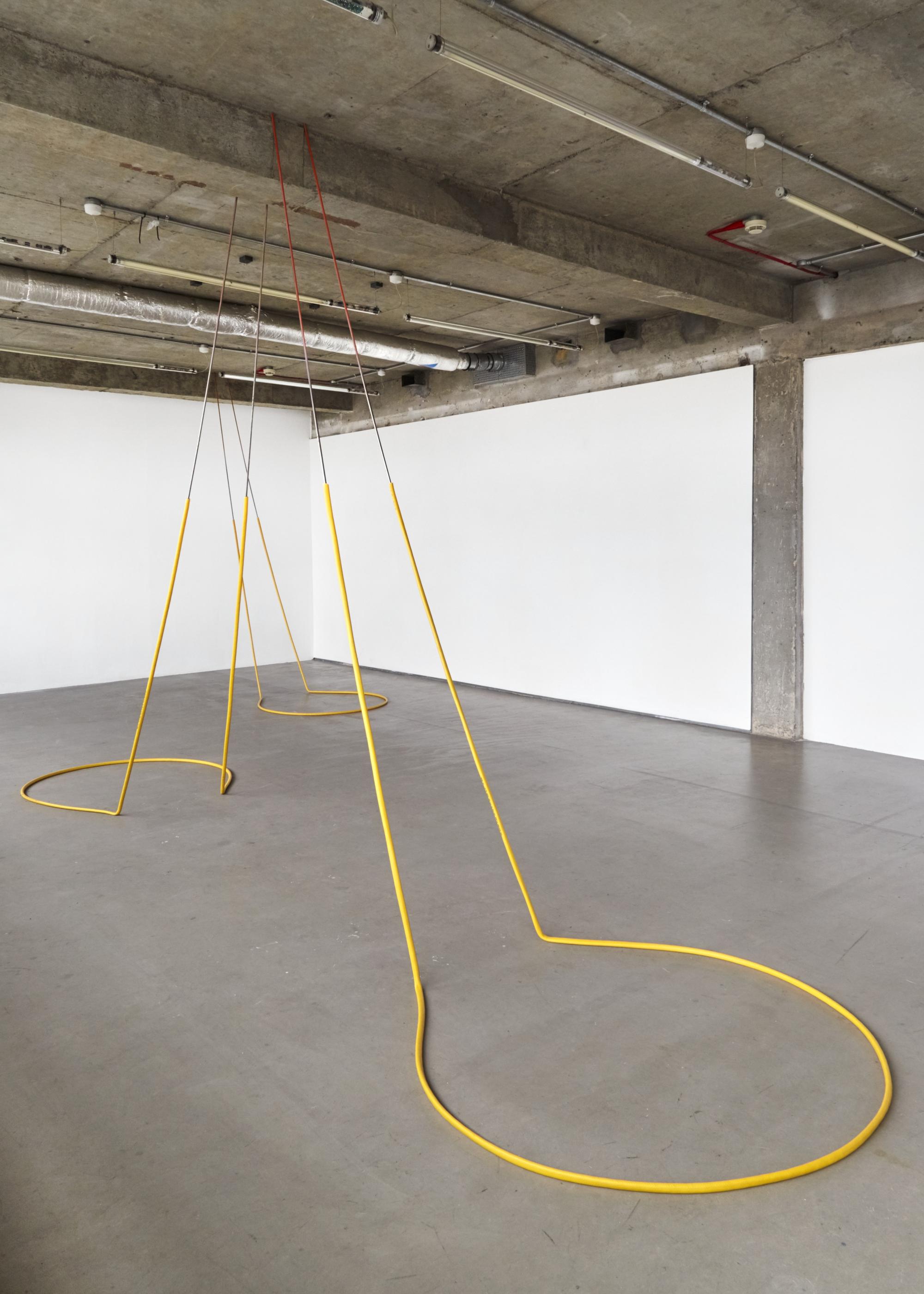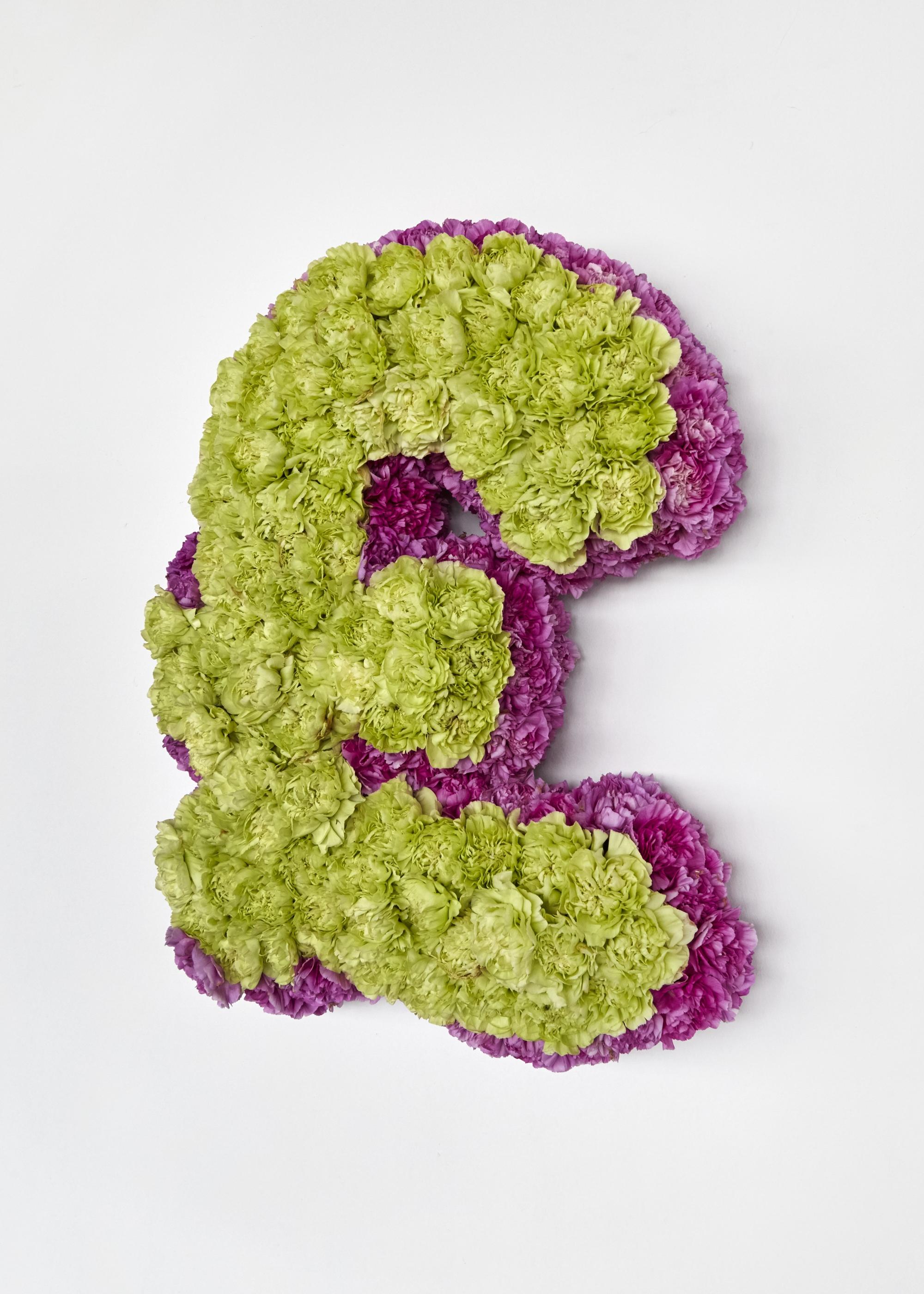
exhibitionFrances Gibson, Alexandre Canonico, André Figueiredo da Silva, Josephine BakerWreck Or Ruin09.01—01.02.202012th floor
11:00am—6:00pm12th floor
Wreck or Ruin is a collaborative project that has organically developed between André Figueiredo da Silva, Alexandre Canonico, Josephine Baker and Frances Gibson at 12th floor, reflecting upon the impending demolition of Tower Building.
As a studio resident in the Tower Building, Figueiredo da Silva incorporates architectural elements from the site: corners, walls, columns. Pink sculptural foamed columns act as traces of a building that will cease to exist. As the foam cannot sustain anything in its usual form, Figueiredo da Silva’s structure relies on carefully depressurised footballs that require a specific maintenance, similar to that of the building. By misusing the materials and turning them into something they are not meant to be, the artist makes an allusion to the building's present state of instability.
Using materials as a starting point, Canonico has taken a playful approach to create sculptures from commonly found objects. Metal rods and hoses sit together, sustained by the interplay between their different material qualities to bridge the space between floor and ceiling. While Canonico’s works are not site-specific, they rely on the ‘negative space’ surrounding them. The sculptures embrace the air they encapsulate.
Artist Josephine Baker has created relief works that mimic the historical production of nature and landscape as images or ‘grand designs’ of humancentric relations. Their diagrammatic and almost pixelated motifs, made out of building and industrial materials, appear to illustrate elemental processes such as water cycles and the movements of the earth. Her works further comment on the lack of distinction between human-made and natural disasters in today's world.
Finally, Gibson’s work takes the form of a memorial of forty small clay elephants and a sculpture of a pound symbol made of carnations. The small sculptures reference the infamous all-women crime syndicate ‘The Forty Elephants’ (based in Elephant and Castle), who conducted the largest shoplifting operation in Britain during their activity from the 1870s to 1950s. Gibson’s work for the project is informed by a tenuous chain of events and research based on the history of the building.




















Related
 artistJosephine Baker
artistJosephine Baker